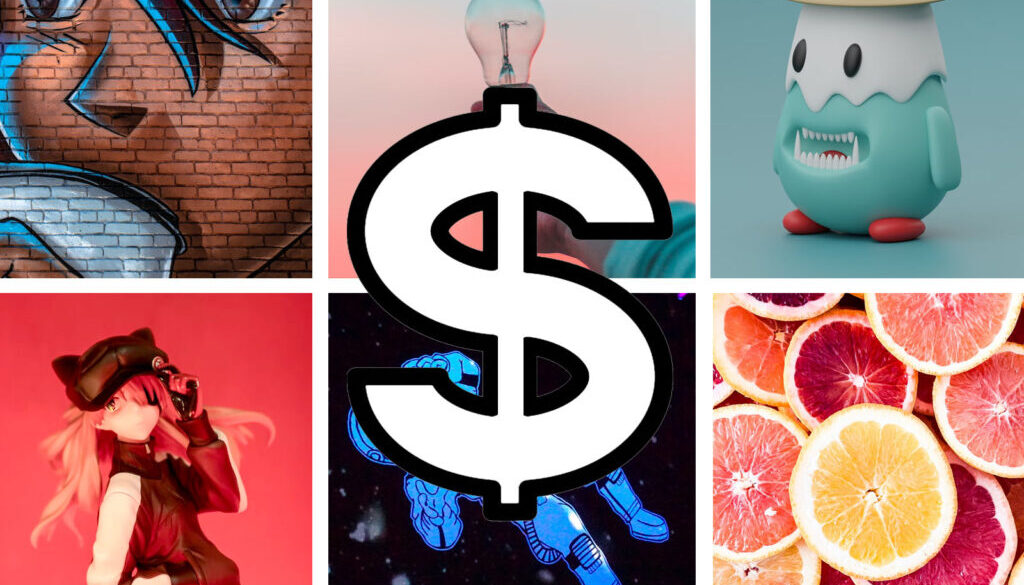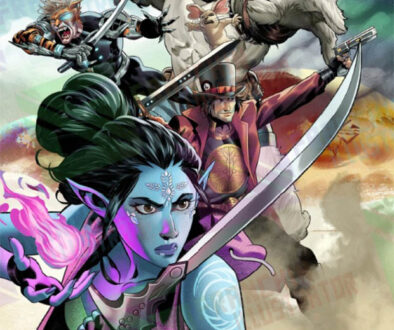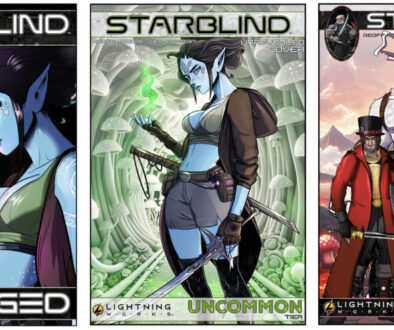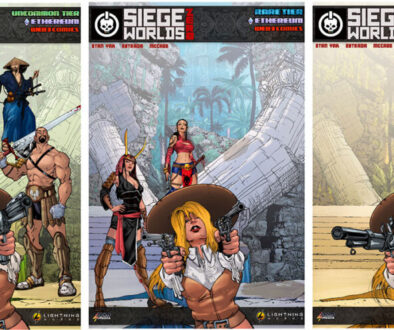NFTs, also known as Nifties, have become a massive worldwide phenomenon. Fueled by mainstream media, we have witnessed multi-million dollar sales of these strange unique digital objects, and now every artist or musician on earth is wondering how to cash in on this. I personally am receiving messages almost daily from people, asking my advice on how they can create and sell some NFTs to their fans.
I started building an NFT-based company two years ago called LightningWorks, with an eye on creating real, long-term value for our products. We’re still playing the long game, expecting that with the NFT bubble pops and millions of people are left holding onto worthless stuff that nobody wants to buy anymore, what we’re doing will still be seen as having intrinsic value, and will be seen as a model of how to rebuild excitement in NFTs again.
With that in mind, I wanted to provide a list of how to add value to NFTs, for all the artists who want to make and sell them.
Celebrity
Is your art done by a famous person? This is probably the top way to add value to an NFT. Humans put great value on the work done by people at the top of the social ladder, so it’s essential to hire someone who doesn’t just do great work, but also is well-known. A famous person adds value to the digital object also for Hype, PR, and a large following that they can alert to the existence of their NFT. This will help you build a community that values your NFTs and wants to collect them.
Community
Your NFT will never have any value unless there’s somehow a community of people who will continue to want to own it long after it’s been created. You may be able to convince some family and friends to buy your NFT to support you, but it’s not going to have any long-term value unless there are more people who want it.
Continuity
Are the artist and the team doing a one-time NFT sale to raise some money (we call that a “Cash grab”?) This kind of thing is very unlikely to have any value. It’s important that the creator(s) behind this are looking long-term, creating a series of NFTs that are likely to build a larger community, and generate more celebrity for the artists. With a continually growing community and an entire universe of NFTs being constantly created, the earlier NFTs become coveted and more scarce than later work, which fuels more speculation and thus grows a larger fan base too.
A community isn’t just based on the number of people who own it either. For example, the value of LUNA crashed to near zero despite hundreds of thousands of holders, because there wasn’t really any true passion for its brand or utility. A community based on a pure ponzi-esque principles is a false one.
Passion
Is the artist behind the NFT just doing this as a cash grab, or are these NFTs something that he or she really believes in? Do they understand the technology and are they maximizing its potential by creating unique art that makes sense for blockchain tech? Genuine passion and belief in the continual long-term value of the work being sold as an NFT is essential to its real value.
Permanence
What technology has been used to create the NFT, and where is the data corresponding to that NFT stored? What’s the likelihood that all of this technology and data will still be around in ten years? 50 years? To feel valuable, your NFT needs to have a very good answer for where that data is stored and that the URL it points to won’t be changed twenty years from now when someone stops paying for server space, or the internet no longer exists as it does today. Divi and LightningWorks are working on a long-term storage solution that solves this problem.
Powers
Does your NFT allow the owner to actually do something with it? For example, a magic item for a game, created as an NFT, could be valuable to a community of other players if it allows the owner to do something that they couldn’t do without it. Because NFTs are based in code, there are many ways that they can be used as a type of utility token in a greater system, such as unlocking features or participating in staking, airdrops, or other types of ongoing rewards.
Quality
Is your NFT the best quality version of the art? If someone can own the best quality one, it’s worth more. If it’s a downgrade from the original, it will be perceived as less valuable. Consider creating different tiers of scarcity, with different qualities, with the scarcer NFTs having the highest quality. This matches well to the real art world, where there’s one original, a limited number of serigraphs, a larger number of official prints, and an unlimited number of posters.
Rights
What digital ownership or broadcast rights are associated with ownership of the NFT? If you have kept those rights to yourself, attempting to “Have your cake and eat it too” then the NFT version of your art may be perceived as less valuable.
Scarcity Tiers
Creating ever more rare tiers, with better quality or better powers, is a good way to create some value in your NFT ecosystem of products. This is a classic system of gamification that creates psychological value in the human mind. For example, if you’ve created a special weapon for your video game, you may offer more scarce versions that are higher powered. Such as five tiers of the same weapon that have an attack bonus of +1 to +5. To make it even more appealing, your weapon tiers could have a color associated with them, such as always making the rarest tier a bright red. Then other players will see that weapon and it will trigger a desire to have the red ones.
Uniqueness
Does your art or digital object exist outside of the NFT universe you’re creating? If you’ve already released your art in a non-NFT version that anyone can download, it’s probably going to be worth less than if it only exists as an NFT. The buyer of a Banksy painting set the standard for NFT uniqueness by burning an original artwork so that the only existing copy became the scanned version represented by the NFT. (https://futurism.com/blockchain-banksy-painting-fire-nft)
World First
Are you the first to do something and make it into the NFT? Besides being possibly newsworthy for PR purposes, this can create an automatic value to the NFTs. For example, at LightningWorks we plan to release the world’s first NFT-based animated comic books. Since the most expensive comic books in the world are also the first and oldest, such as Action Comics #1, by being first at something, we can capture some value that can never be taken away. For this reason the Crypto Punks NFTs will always be very valuable, because they were the first generated art NFT collection. Their inherent value in being first is brilliantly described in this article: https://nftgod.gives/cryptopunks-vs-bored-apes-cryptopunks-and-it-isnt-even-close/



